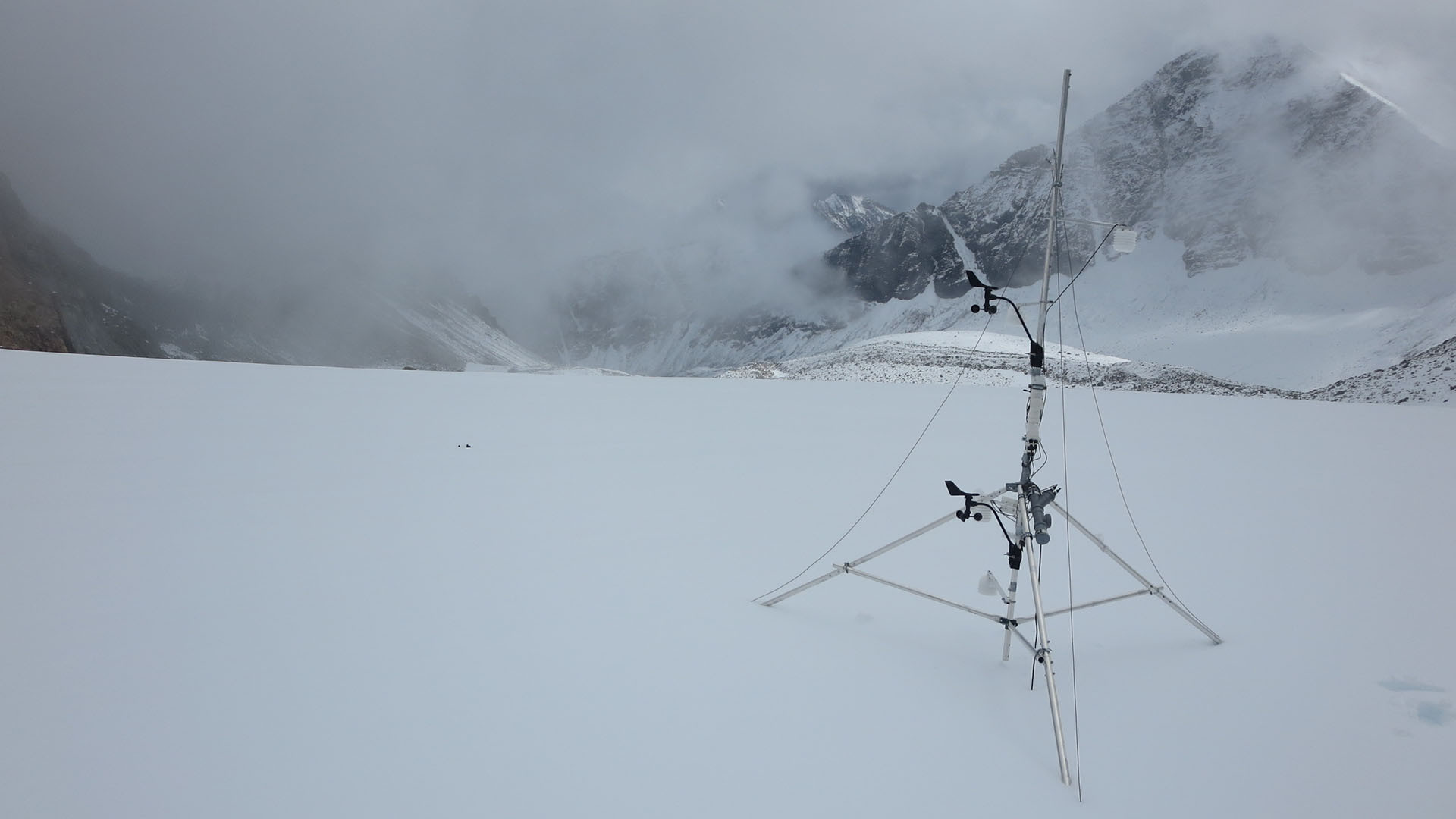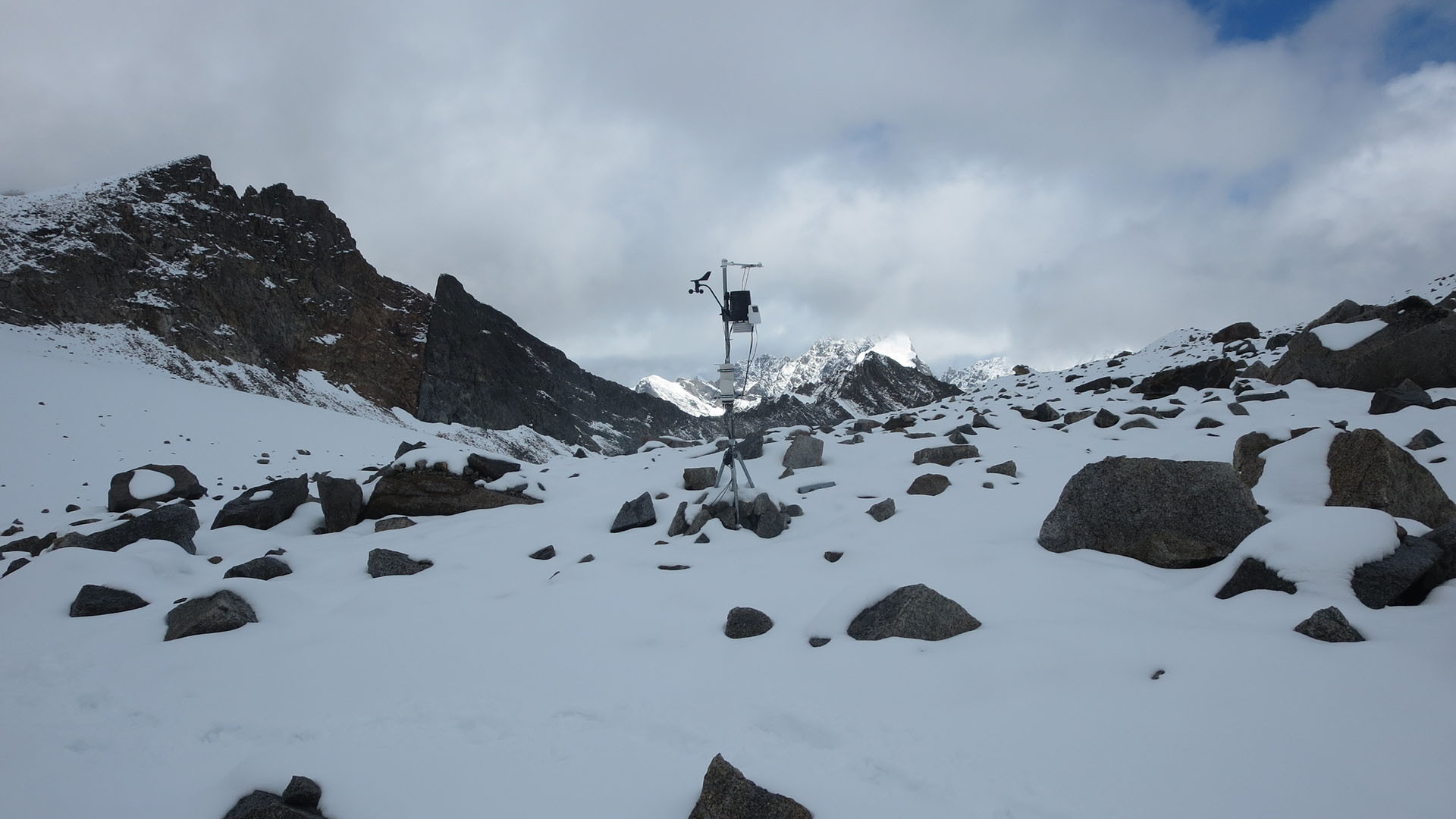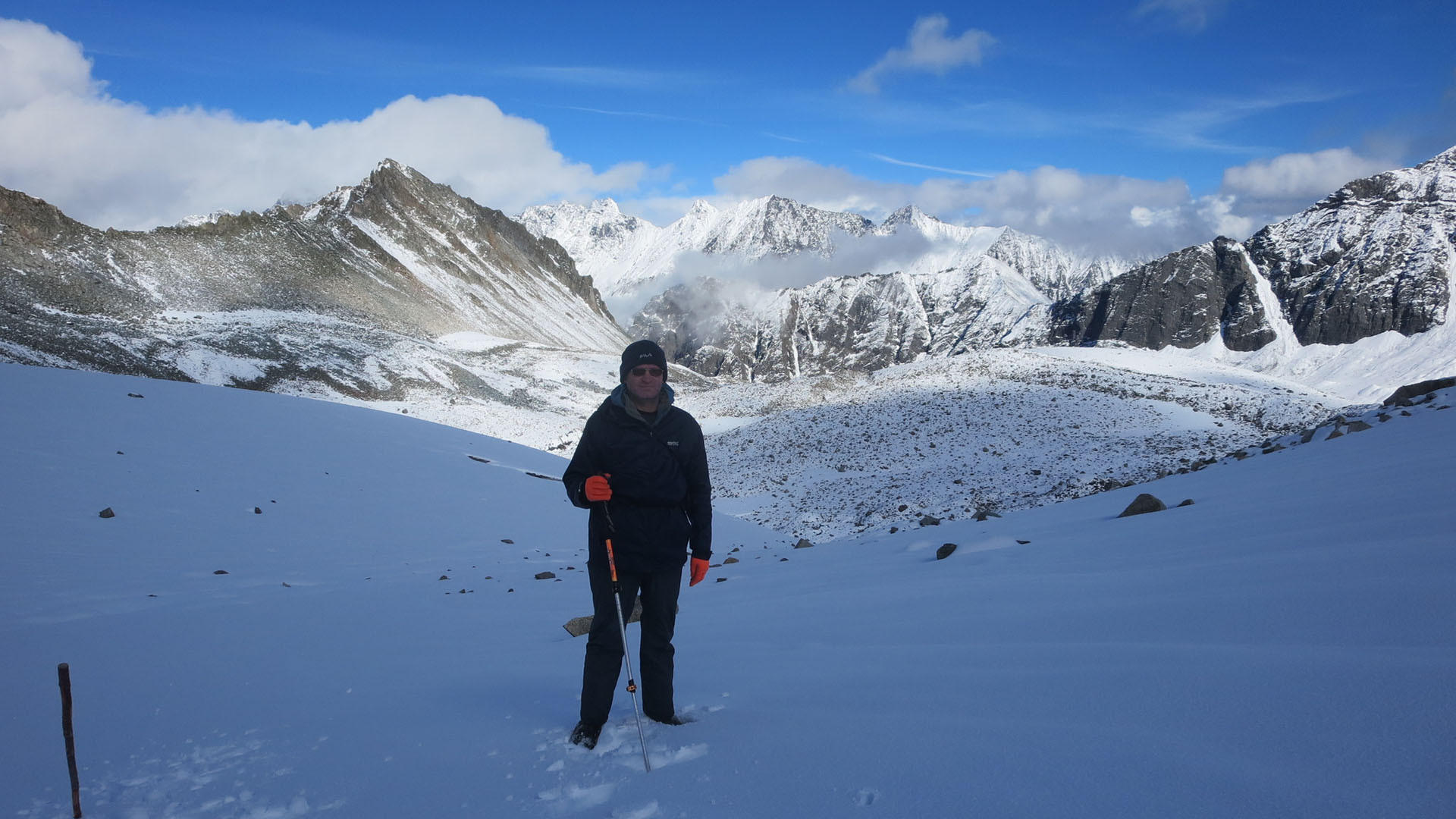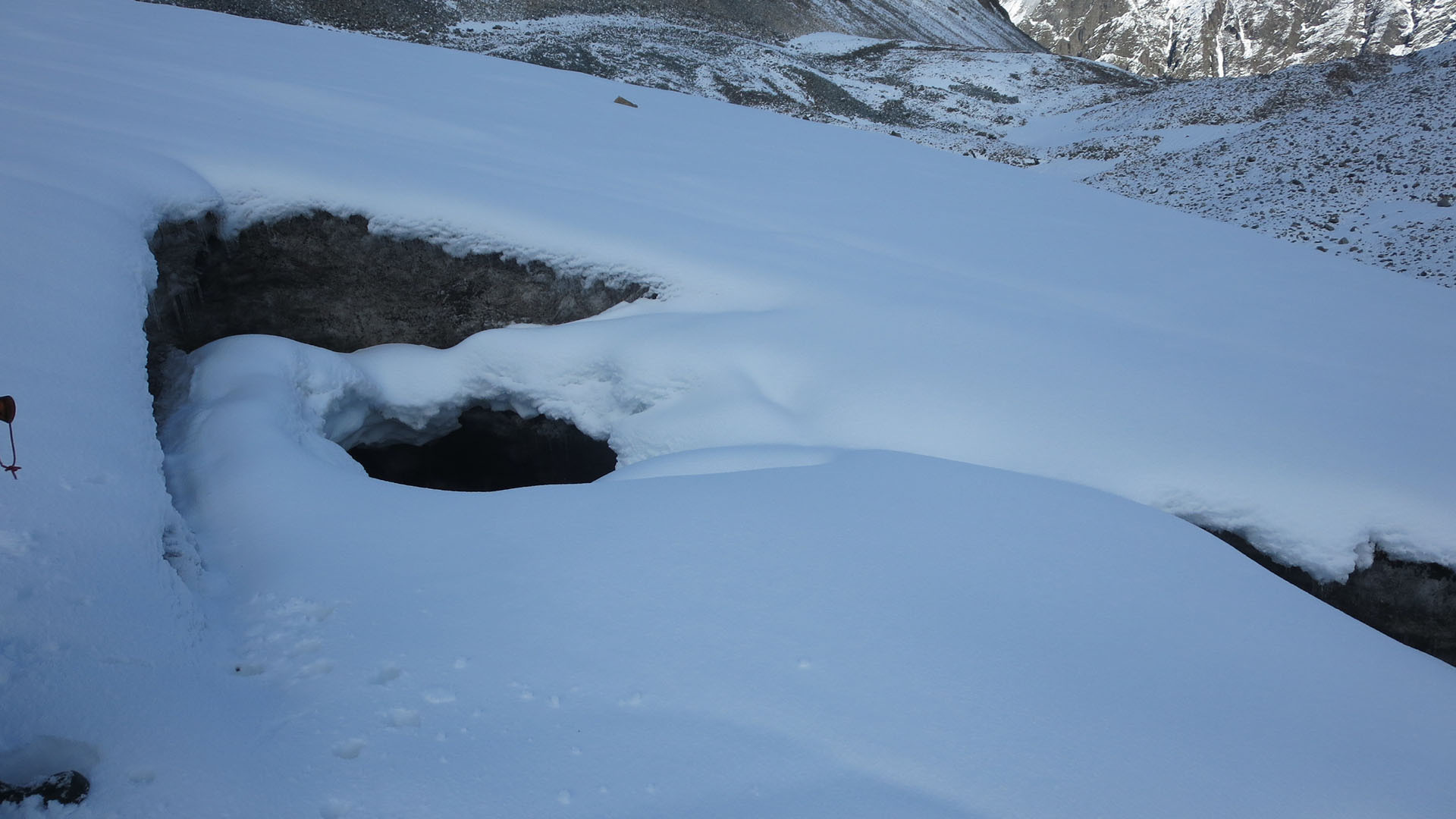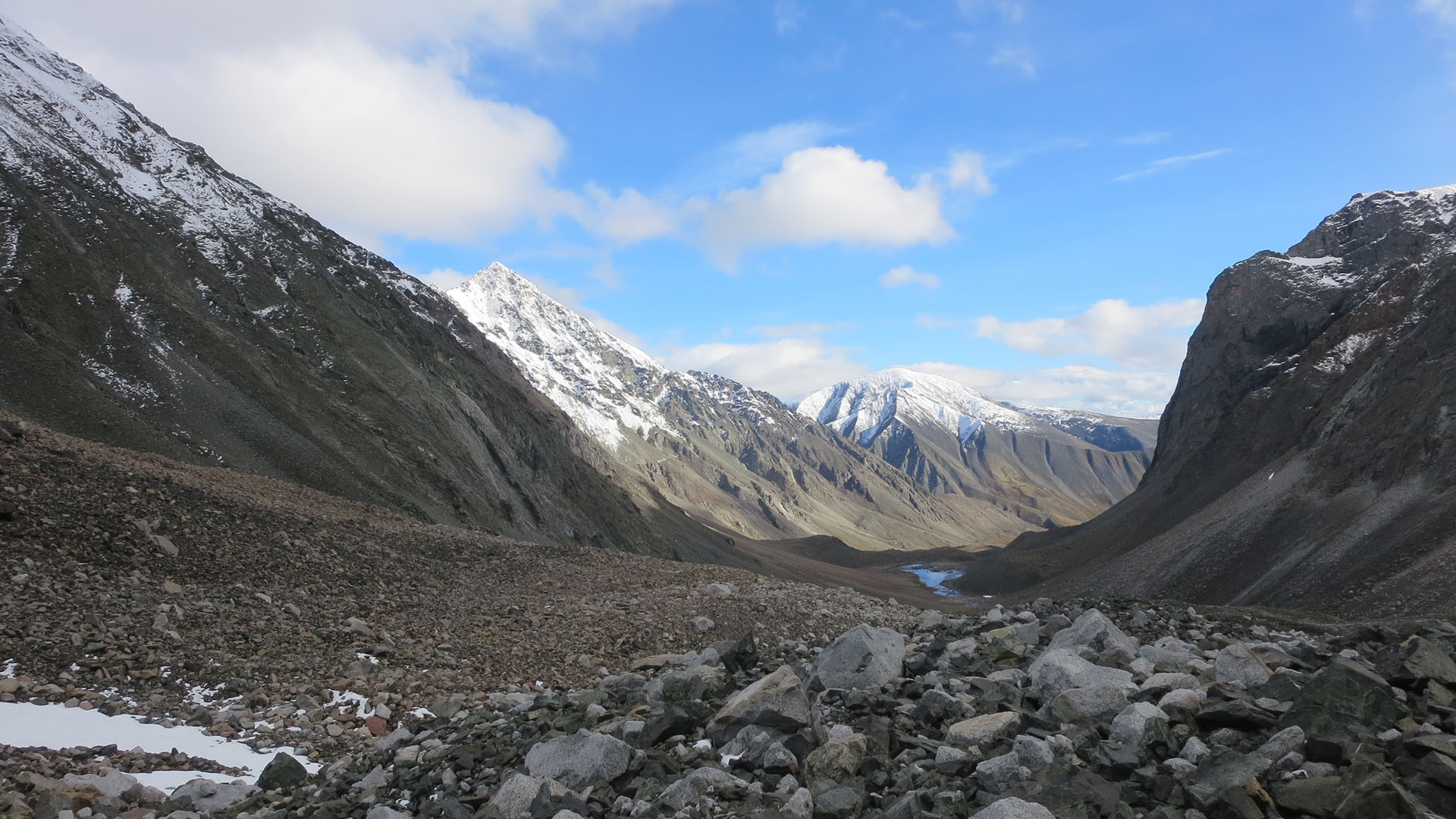Expedition of Limnological Institute to the glaciers of the Kodar Ridge
From June 30 to July 14, 2022 and from August 17-31, 2022, the staff of Limnological Institute carried out the expeditionary works within the program “Study of seasonal and long-term transformations of the state of water bodies and watercourses in East Siberia in the context of climate change, geological environment and anthropogenic loads” (project № 0279-2021-0005) (directed by A. Fedotov) on one of the largest glacier of the Kodar Ridge – Sygyktinsky (or Preobrazhensky). The glacier is located on the upper reaches of the left tributary of the River Syulban – River Oleniy Rog at an altitude of 2260-2660 meters above sea level on the border of the Irkutsk region and Zabaikalsky krai. The expedition tasks were to collect the meteorological data from automatic weather stations and temperature sensors, to study the seasonal dynamics of the glacier, and to take the samples of water, snow and ice for chemical and isotopic analyses.
Two automatic weather stations were installed on the glacier measuring dozens of meteorological parameters with high temporal resolution (30 minutes) at four height levels above the surface of the glacier and in its upper 2-meter layer (with a vertical resolution of 10 cm). During the summer season of 2022 (July-August), the unique obtained data enable to assess quantitatively the components of the heat balance during the glacier melting (radiation balance, turbulent heat and moisture exchange between the glacier surface and the atmosphere). For the present, the Institute staff has obtained a continuous 4-year (since 2019) meteorological record of the Sygyktinsky Glacier – the only longest record to date in Siberia. The snow cover structure was investigated in a snow pit (of 1.7 meters depth) on the glacier and the samples of snow and ice were taken for chemical and isotopic analyses. The samples of "ancient ice" (presumably late Holocene) were taken in the crevasse of Irkutsk part of the glacier at a depth of 60 cm. In total, 22 samples of snow and ice were taken on the glacier. The automatic temperature sensors (thermochrons) were also installed at four height levels (1070, 1240, 1830, and 2530 m above sea level) in the valleys of the Syulban and Oleniy Rog Rivers; the samples of glacial, river, lake, and rain water were taken in the Syulban River basin for hydrochemical and isotopic analyses (26 samples in total).
New experimental data will allow to assess quantitatively the main factors of the summer melting of snow and ice in the conditions of current climate changes, to reveal the sources of oceanic and continental moisture coming to the glacier, and to understand the transformation processes of atmospheric moisture in the region which locates on the border of the Atlantic and Pacific influence in interannual and seasonal cycles. Besides, the rapidly developing methodology of isotopic studies of water bodies will be practiced on the real natural samples at Limnological Institute SB RAS in the Laboratory of Paleolimnology.




